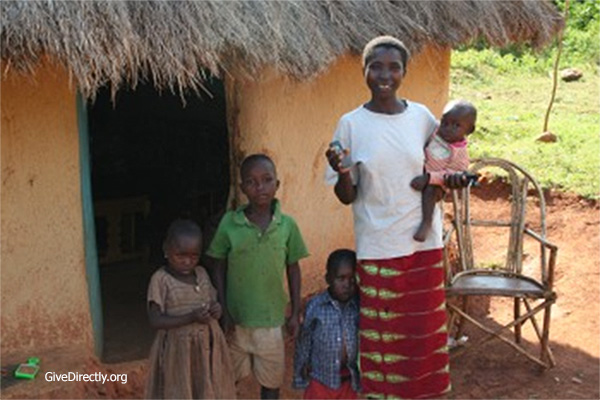Effective Altruism is the idea that charitable giving should actually produce measurable results. It’s an evidence-based approach that is supposedly in contrast to more conventional charities.
I have been fairly successful in my career, but one thing I do feel that I am lacking is meaning. I feel that giving to help people in need will actually help my own well-being by adding more meaning to my life.
I heard about the Effective Altruism movement at various rationalist meetups and also at CFAR. I have been very inspired by the many bright people in these communities that truly hold the greater good as their highest life goals. I have met many gifted folks who feel obligated to apply their talents to having a positive impact on the world. I often feel humbled when I compare their ambitious and noble sentiments to my own narrow self-interest, and I am grateful to them for providing a model of altruism and service which I can strive to emulate. Of course there are always murmurings from the Dark Enlightenment fringe that perhaps seeking the greater good is not the the most virtuous goal. But I haven’t been turned to the dark side yet and remain in light for the moment.
One of the most influential Effective Altruism organizations is GiveWell, which evaluates charities to find the ones that that are “evidence backed, thoroughly vetted, and underfunded.” I heard about this group a couple of years ago and have previously donated to the Schistosomiasis Control Initiative, which focuses on deworming efforts in sub-Saharan Africa and is still a top-rated GiveWell charity. I had no idea that intestinal worms were such a problem and that it was so cheap to treat. I guess it stands to reason that folks won’t be able to work or go to school if they are too sick from parasitic illness.
Currently, GiveWell’s top rated charity is GiveDirectly, which donates cash directly to poor people in Kenya and Uganda. They give recipients a single lump sum (equivalent to about 1-year’s income) and allow the recipients to spend the money any way they see fit.
Transfers from GiveDirectly have large, positive, sustainable impacts across a diverse set of outcomes, including:
- Assets, with recipients increasing asset holdings by 58% primarily through investments in livestock and home improvements (including iron roofs)
- Business and agricultural income, with income gains implying a 28% annual rate of return on transfers
- Expenditures, with increases in nearly every category, but not tobacco, alcohol, or gambling
- Food security, with a 42% reduction in the number of days children go without food
- Mental health, with large reductions in stress and depression and increases in life satisfaction, as measured using validated psychological scales
The study also found no evidence of impacts on crime, conflict, or inflation.
–http://www.givedirectly.org/evidence.php
One detail Niehaus noted in his presentation at the EA Summit was that domestic violence was reduced and recipient’s cortisol levels actually went down. This is just amazing to me. It’s one thing to give people a self-report questionnaire asking how stressed they are, but actually measuring this physiological marker for stress provided even more evidence of a benefit.

A simple way to identify the poorest people who are most in need is that they tend to have thatched vs. metal roofs.
I can’t emphasize enough how truly impressed I was by GiveDirectly’s methodology. They are extremely transparent and actually track the number of bribes paid by recipients in the process of receiving the cash. This is an extremely hard-nosed and realistic thing to track…
It’s interesting to hear stories about how the money is spent. The payments are in one big chunk deliberately, so that people can make real investments. One person built a fish pond, another bought a power saw and set up a business cutting wood for hire.
As impressed as I was by GiveDirectly, I must say that I was surprised that their presentation was in a side room, while a CFAR presentation was given in the main theatre. If this was a principled decision, it suggests that the organizers have an interesting philosophy. They appeared to privilege the importance of CFAR, which teaches rationality techniques to high functioning first world people, over GiveDirectly, which is helping some of the poorest people in the developing world. This is an interesting proposition that seems to mirror Peter Thiel’s thesis that innovation is more likely to save the world than globalization.
Thiel’s general thesis is hard to argue with, the world clearly needs huge innovations in energy, water, and food to support the world’s burgeoning middle classes. Innovation is more frequently driven by highly functional developed world people than low functioning developing world people, so I can see why Thiel would want to invest here. But I will say that this bet is a long shot. It’s much harder to throw money at the innovation problem. I attended a CFAR workshop and have a great deal of respect for their team and their approach, but it’s very hard to estimate how much world saving innovation will be created by each dollar donated to them. Risk averse turtle that I am, I prefer the sure bet that my cash will directly improve the lives of people who are the worst off.

